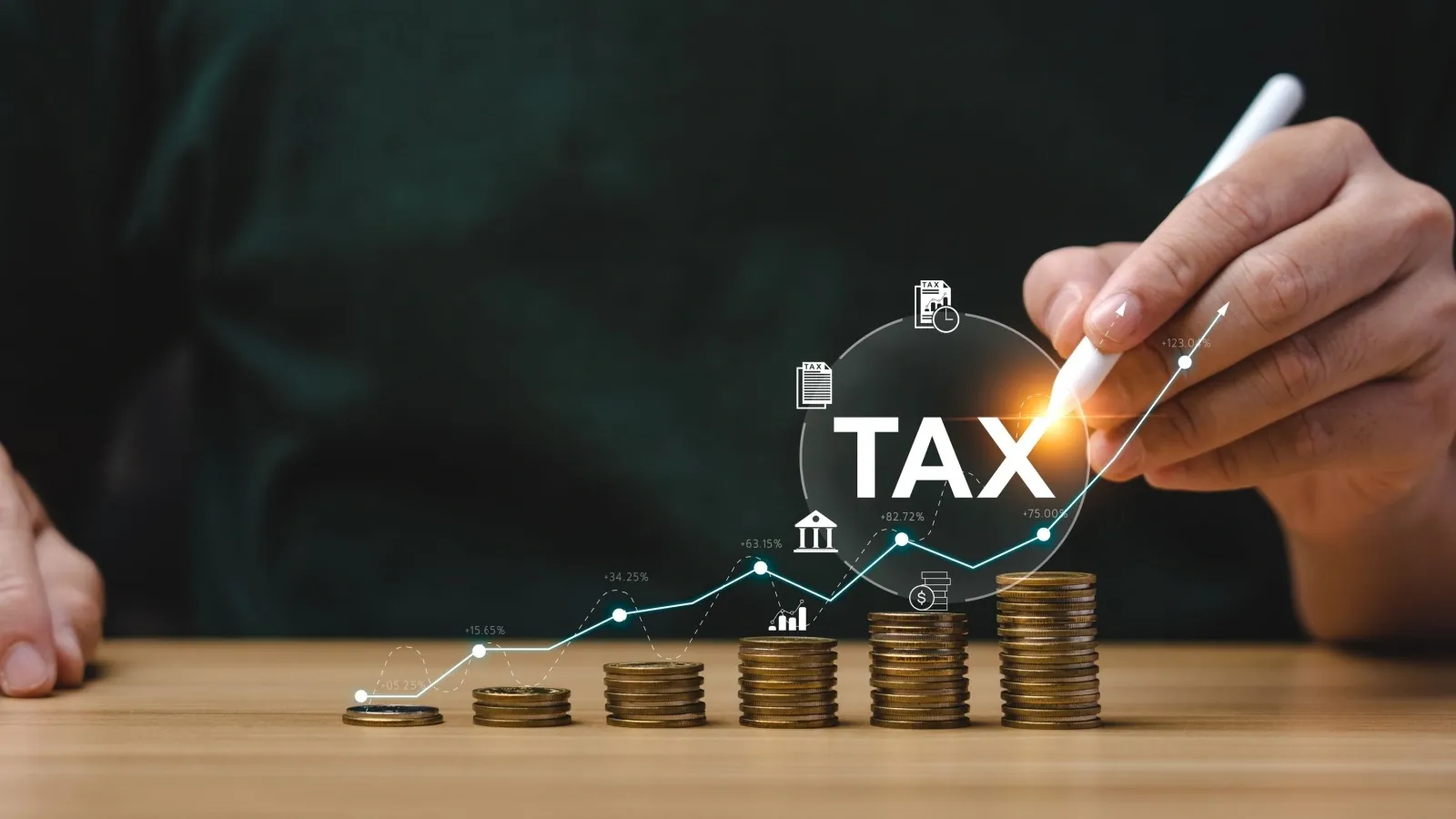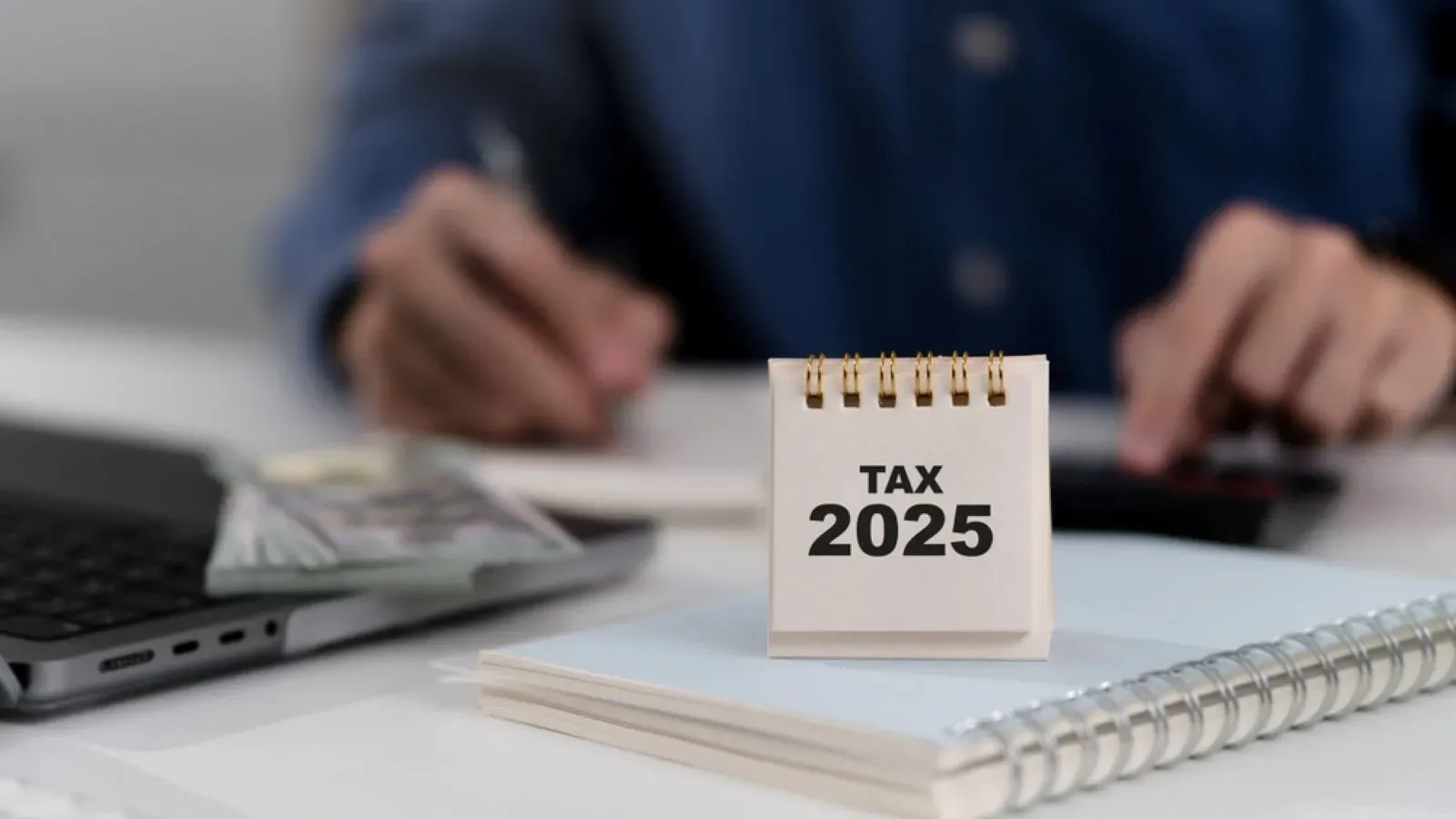Personal Finance News
Tax planning for FY 2025-26: How much deduction is required to pay less tax under old tax regime?

5 min read | Updated on June 13, 2025, 11:36 IST
SUMMARY
The Union Budget 2025 introduced significant changes to the income tax structure for individuals, particularly under the new tax regime. With zero tax liability for income up to ₹12 lakh, many people will shift towards the new tax regime. But the old regime may still be good if you can claim big deductions.

You need higher deductions to save tax under the old tax regime. | Image source: Shutterstock
It will always be beneficial for you to opt for the new tax regime in FY 2025-26 if your income does not exceed ₹12 lakh, regardless of your deduction amount. But when your income exceeds ₹12 lakh, you need to evaluate whether to choose the new regime or continue with the old regime, especially if your potential deductions range from ₹5 lakh to ₹8 lakh.
Understanding the tax regimes
Key features of the new regime:
Standard deduction: ₹75,000 for salaried individuals and pensioners.
Tax Slabs under the New Regime:
- ₹0 – ₹4 lakh: 0%
- ₹4 – ₹8 lakh: 5%
- ₹8 – ₹12 lakh: 10%
- ₹12 – ₹16 lakh: 15%
- ₹16 – ₹20 lakh: 20%
- ₹20 – ₹24 lakh: 25%
- Above ₹24 lakh: 30%
Individuals with incomes taxable as per slab rates of up to ₹12 lakh can claim a rebate under Section 87A, reducing tax liability to zero.
- Section 80C: Deduction up to ₹1.5 lakh for investments in PPF, ELSS, life insurance premiums, etc.
- Section 80D: Deduction up to ₹1 lakh for health insurance premiums (including for senior citizen parents).
- Section 24(b): Interest paid on home loans is deductible up to ₹2 lakh.
- House Rent Allowance (HRA): Deductible subject to specific conditions related to rent paid and city of residence.
- Standard Deduction: ₹50,000 for salaried individuals and pensioners.
- ₹0 – ₹2.5 lakh: Nil
- ₹2.5 lakh – ₹5 lakh: 5%
- ₹5 lakh – ₹10 lakh: 20%
- Above ₹10 lakh: 30%
Individuals with income up to ₹5 lakh can claim a rebate under Section 87A, reducing tax liability to zero.
Comparative analysis: Tax before cess under both regimes

*Other than the standard deduction, which is ₹50,000 in the old regime and ₹75,000 in the new regime.
In some cases, this could even lead to a tax liability of zero under the Old Regime. However, the critical question is: Is it practically possible to have a deduction ranging from ₹5 lakh to ₹8 lakh when your income is between ₹13 lakh and ₹18 lakh?
Is it practical to claim ₹5–8 lakh worth of deductions?
Let’s break it down. Let’s take two cases: one with paying the rent and another one owning the house and paying EMI.
| Section | Nature of Deduction | Maximum limit (₹) | Tentative amount (₹) |
|---|---|---|---|
| 80C | LIC, PPF, ELSS, Home Loan Principal, etc. | 1,50,000 | 1,50,000 |
| 80D | Medical Insurance (self + family) | 50,000 – 75,000 | 50,000 |
| 24(b)/HRA | Home Loan Interest (self-occupied house) OrHRA (Rent paid minus 10% of basic salary) | 2,00,000 | 1,50,000 |
| 80CCD(1B) | NPS additional investment | 50,000 | 50,000 |
| 80E | Interest on Education Loan | Actual | 50,000 |
| 80G | Donations to charity | 50% or 100% | 40,000 |
| Others | LTA, 80TTA (interest on savings) etc. | 10,000 | |
| Total | 5,00,000 |
The new tax regime introduced in the Union Budget 2025 is undoubtedly attractive for individuals with lower incomes or limited investments in tax-saving instruments.
With zero tax up to ₹12 lakh. However, once your income exceeds ₹12 lakh, especially if it falls in the range of ₹13 to ₹18 lakh, the old regime still holds strong relevance, provided you can claim substantial deductions ranging from ₹5 lakh to ₹8 lakh.
This is especially practical for individuals paying EMIs for home loans, insurance premiums, medical cover for elderly parents, education loans, and those residing in rented accommodations.
That said, achieving such high levels of deductions may not be for everyone. Therefore, the choice between the old and new regime must be made after a careful assessment of your income profile, lifestyle needs, and long-term financial goals.
Related News
By signing up you agree to Upstox’s Terms & Conditions
About The Author
Next Story



